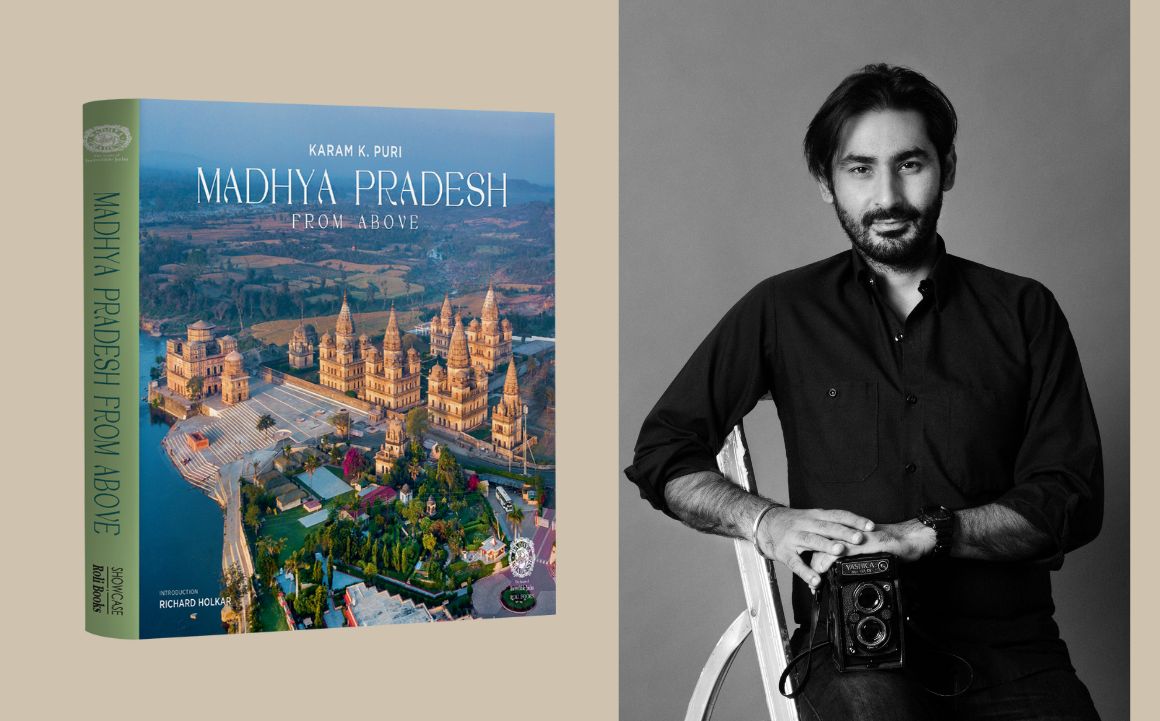The human eye is conditioned to observe surroundings from a perspective that is generally no more than two metres from the ground. But, Karam Puri‘s stunning aerial photographs go a step beyond in mapping Madhya Pradesh, the beating heart of India, with a lens through which it has never been seen before, grandly yet intimately. Watch the trailer to see how he captured India’s heartland entirely by drone for the first time in Madhya Pradesh From Above.
Below are some photographs that will give you many compelling reasons to visit the sites.
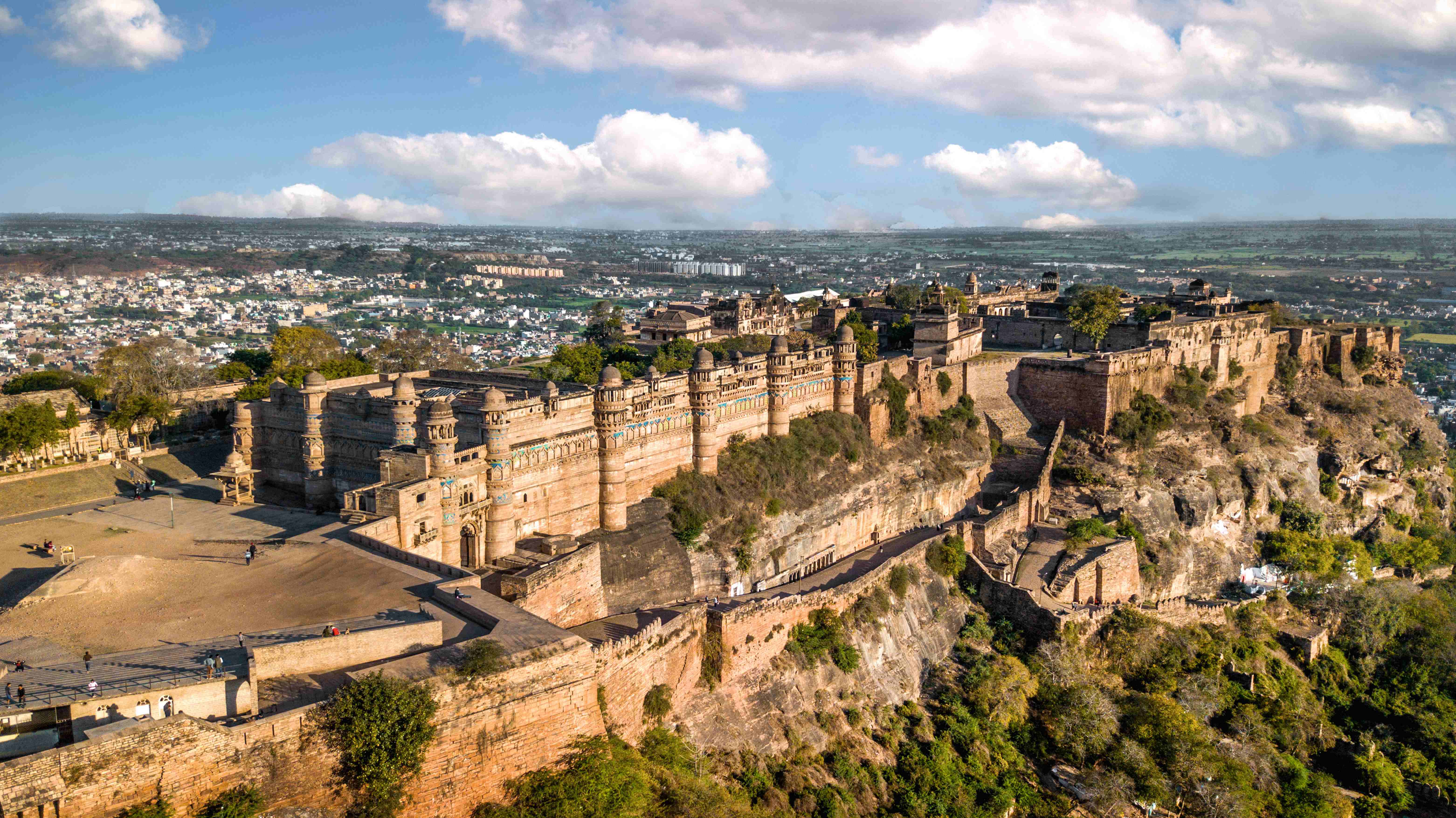
Praised as the ‘pearl in the necklace of the forts of India’ by the Mughal Emperor Babur, the historic hilltop fort was held at various times by the Rajputs, Mughals, British and Marathas.
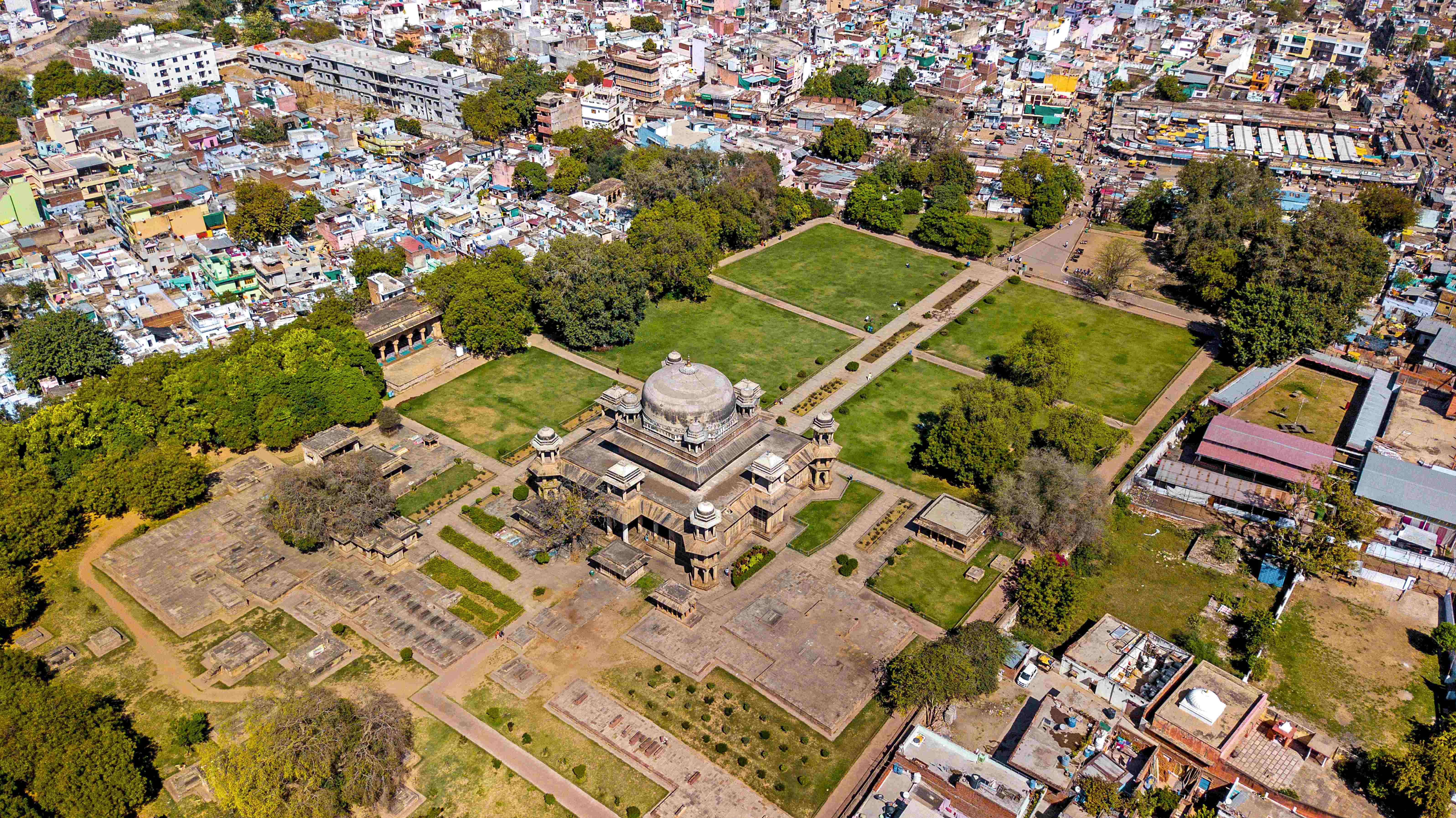
A stunning example of Mughal architectural influence in the city, the sandstone mausoleum of the Afghan prince-turned-Sufi saint, Ghaus Muhammed, has particularly exquisite pierced stone screen-work.
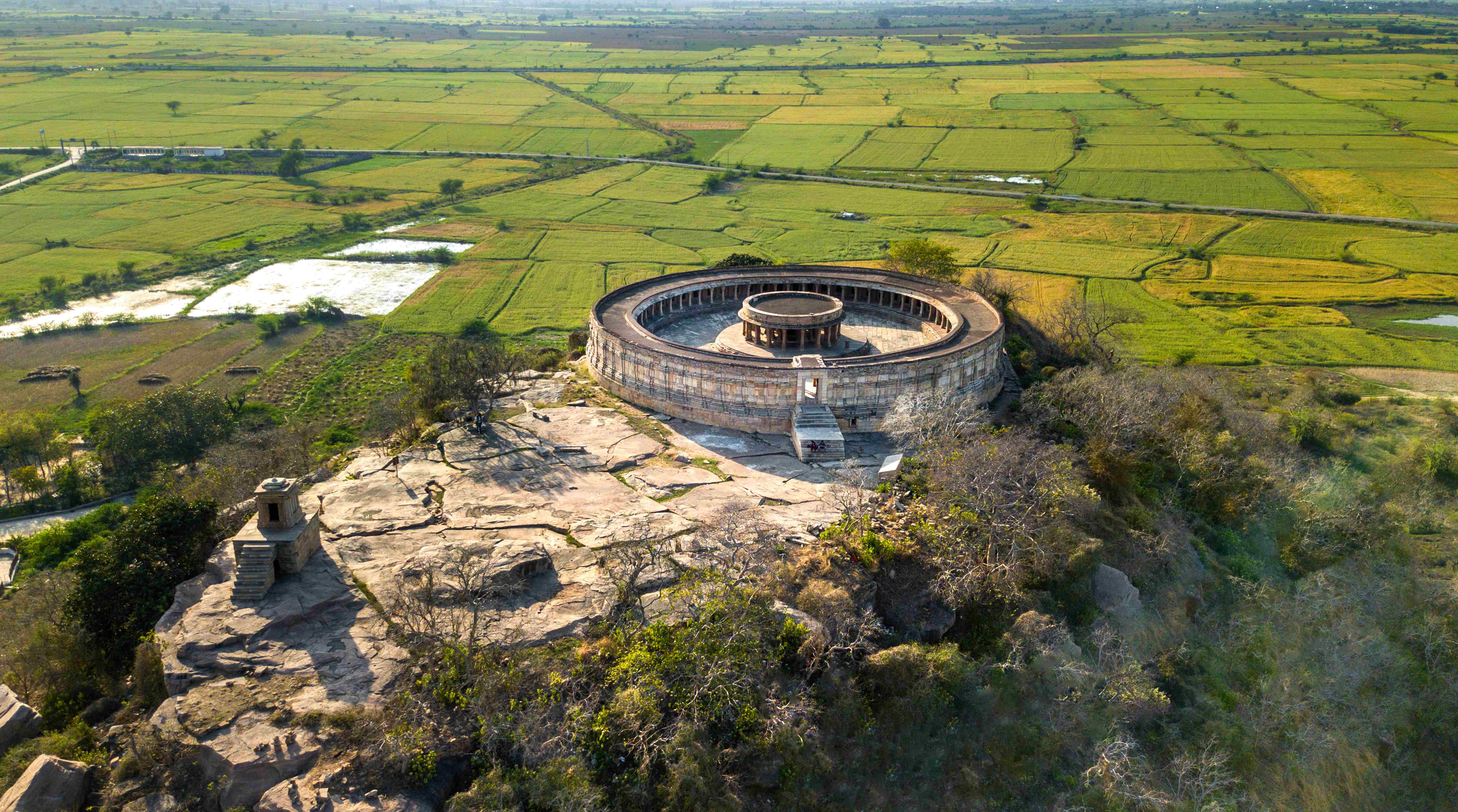
The Chausath Yogini Temple, said to have been built by Maharaja Devpala in the eleventh century, sits perched atop a hill in the Mitawali village near Gwalior
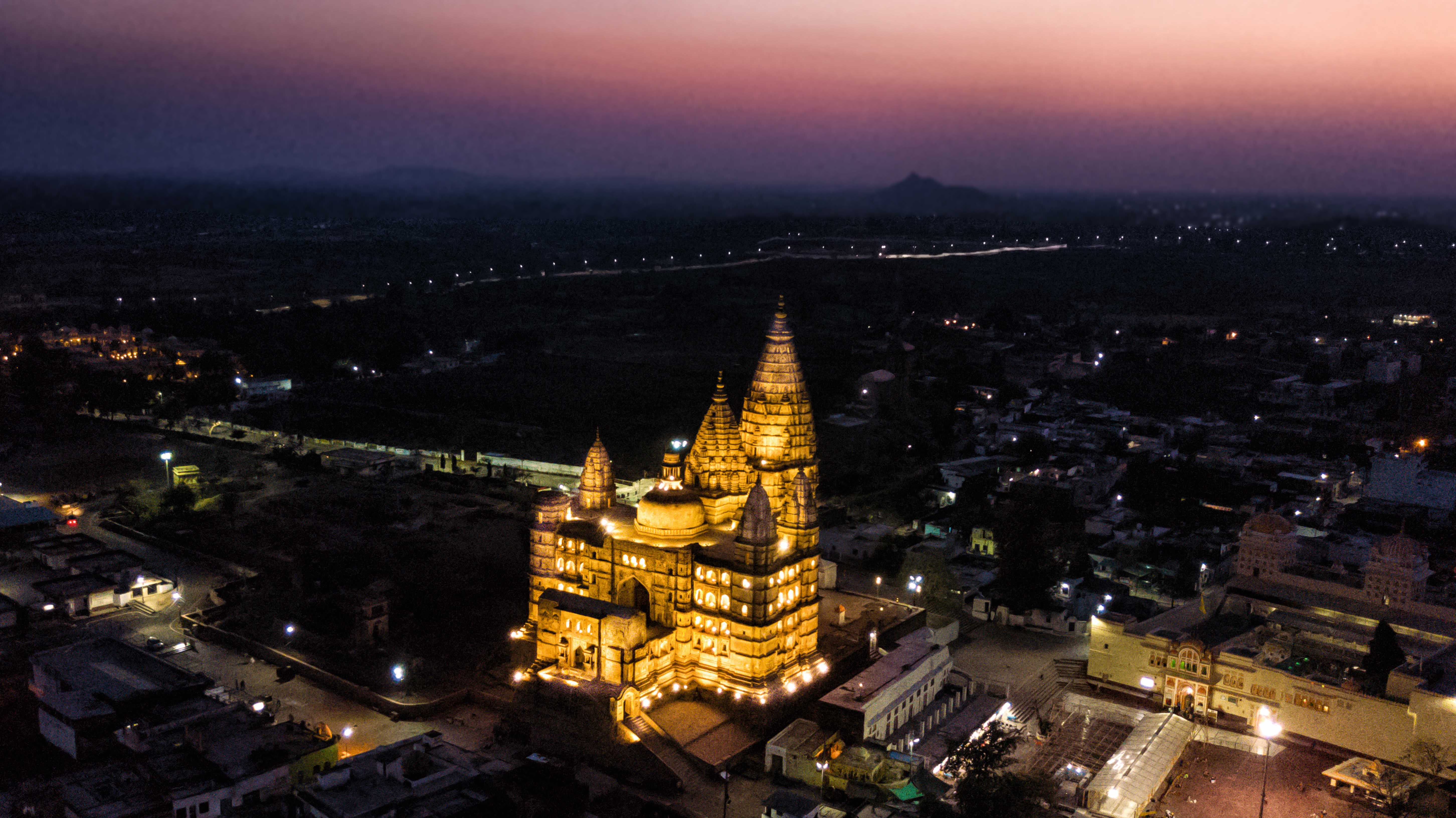
Dominating Orchha by its sheer size, the Chaturbhuj Temple’s towering shikharas seem to reach out to the sky. The idol of Ram in the Raja Ram Temple was originally believed to be enshrined here.
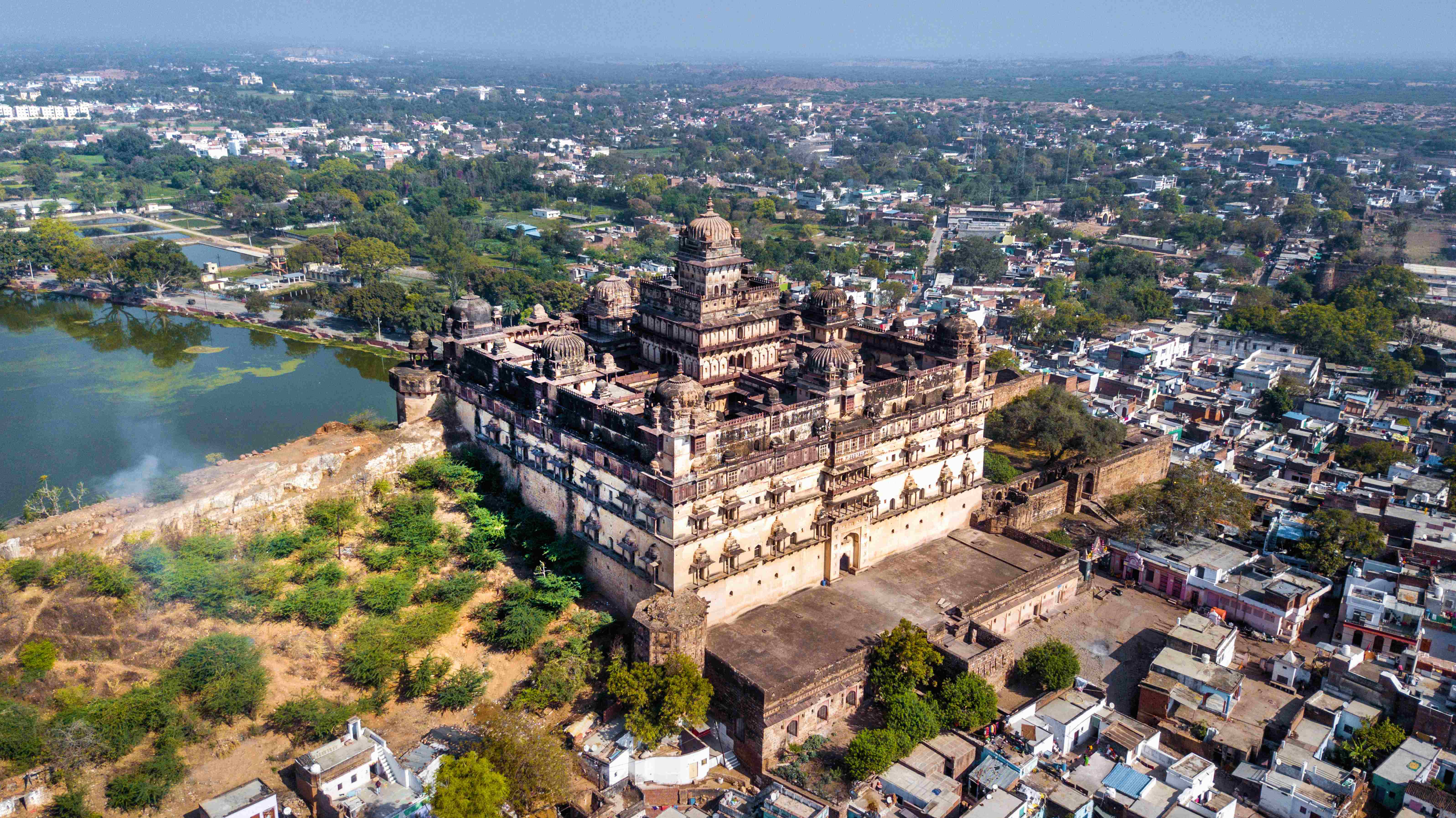
Made entirely of stone and brick in one of the finest surviving examples of Bundela architecture in India, the palace was built by Bir Singh Deo of Orchha, nearly 75 kilometres from Gwalior
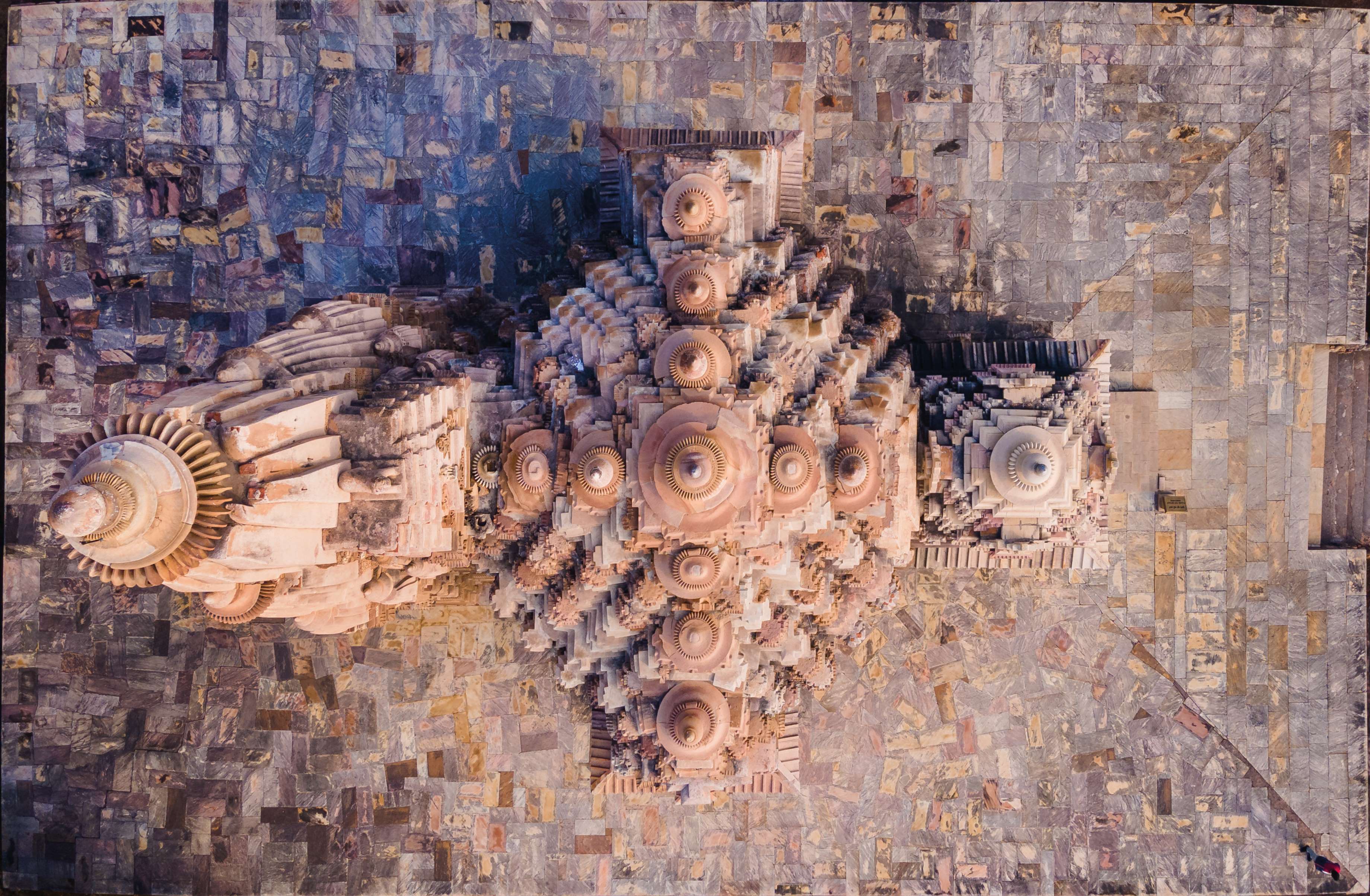
c. 1050 – 1075. part of eastern group of Khajuraho Temples.
A major relic of the Chandela dynasty, this stunning, intricately-carved temple is dedicated to the fifth, dwarf incarnation of Lord Vishnu, Vamana.
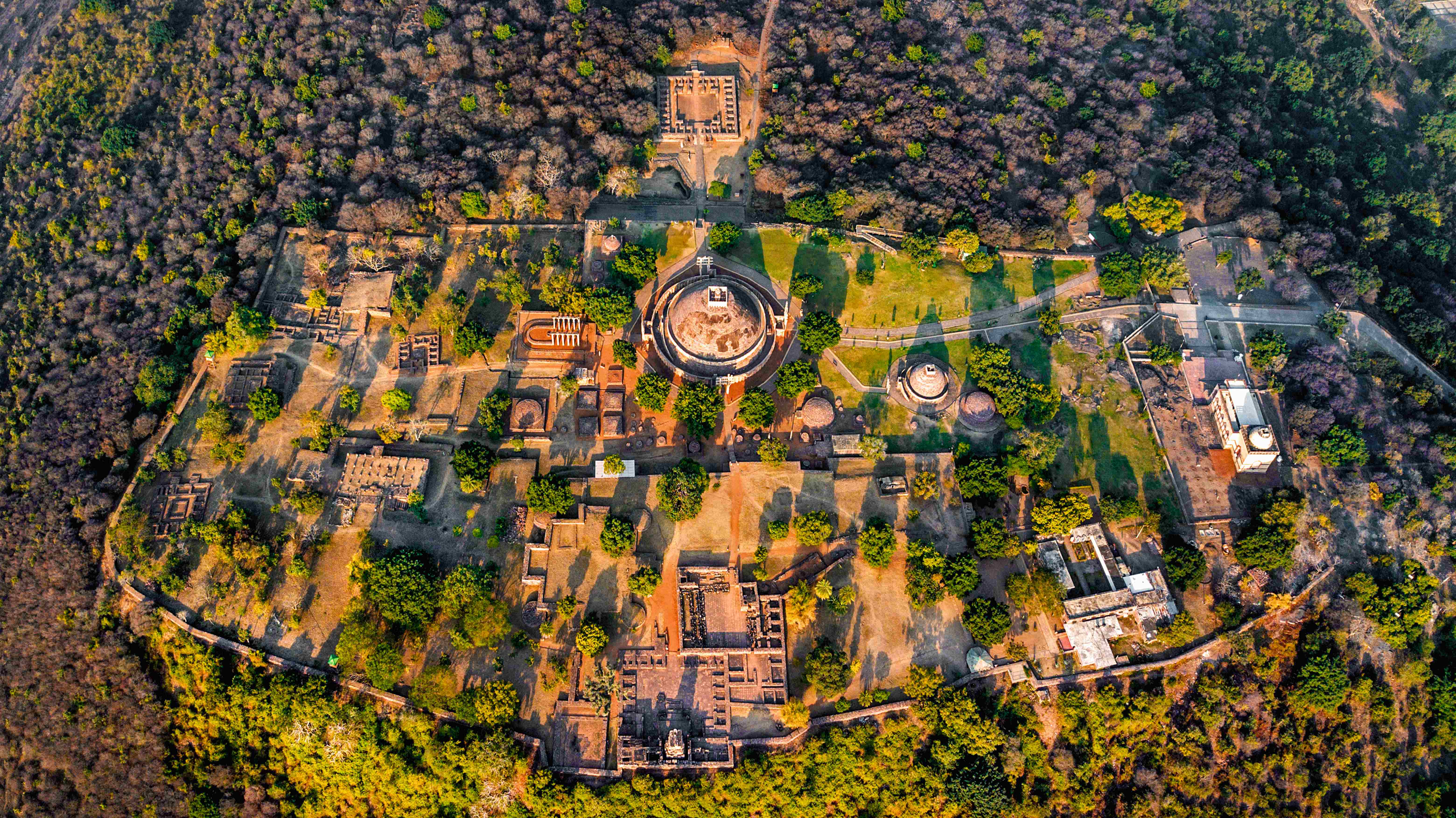
After Ashoka disseminated the Buddha’s remains as relics for stupas across the country, he built what is now the core of the Great Stupa: a low brick structure half the diameter of its present shape.
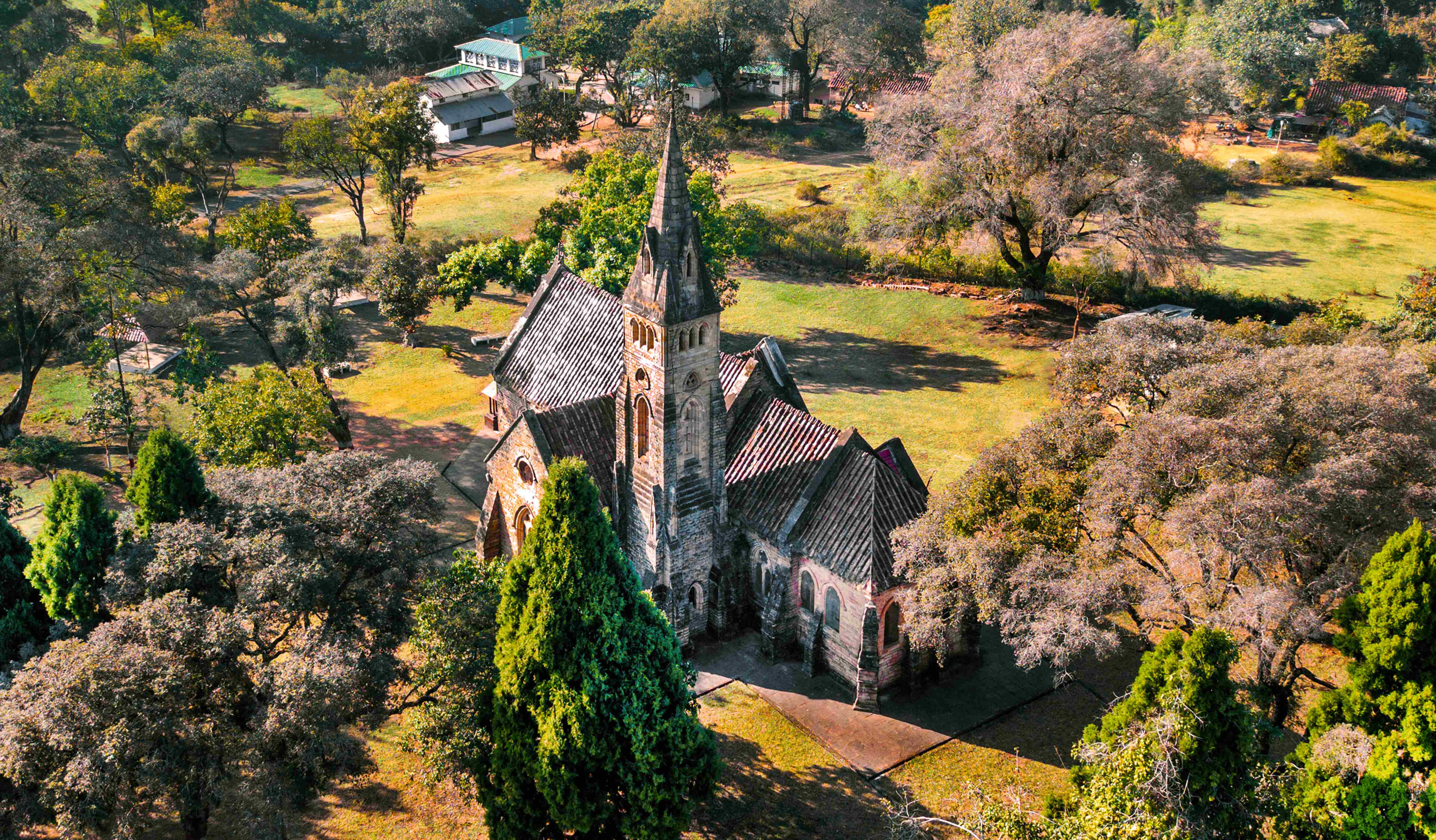
Built by the British in 1875, the Christ Church, with its stately hemispherical dome and stunning glass panes, is one of two churches at Pachmarhi.
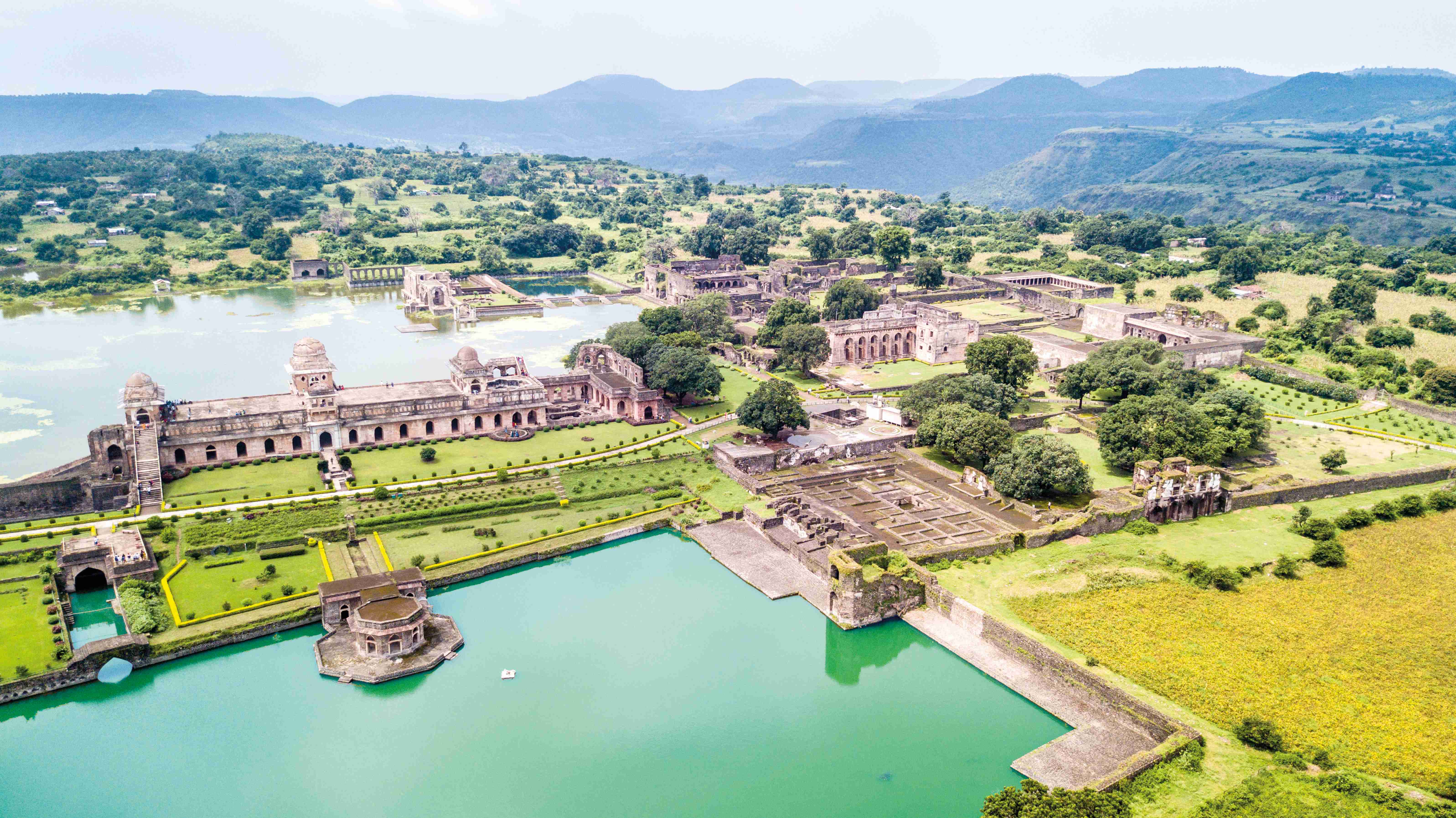
In the shape of a long, narrow jahaz, or ship, the palace built by Sultan Ghiyas-ud-din Khilji for his large harem, stands between two artificial water bodies – the Munj Talao and the Kapur Talao, which, when full, make it appear to be floating.

